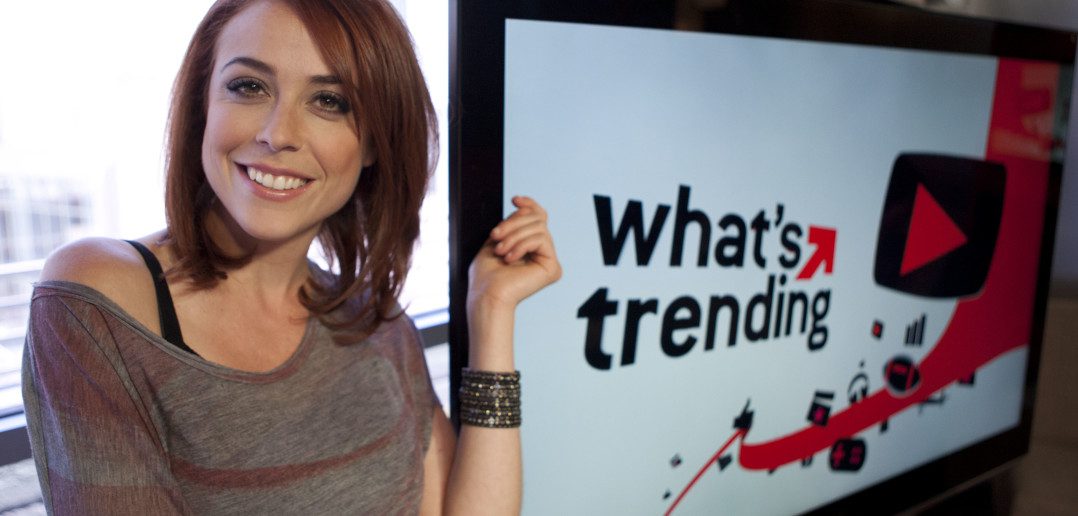The Tonight Show premiered on NBC in 1954. Dick Clark’s New Year’s Rockin’ Eve began in the 1970s. Even American Idol has been broadcast into our homes for nearly 15 years. Today, The Tonight Show is still a national institution, though its most popular segments are watched more on YouTube than they are live; Rockin’ Eve still draws over 10 million viewers a year, but it now faces competition not just from other networks, but from YouTube, Periscope, Meerkat and even Snapchat; our newest pop idols don’t need FOX to introduce them to America. All they need is a webcam or phone and some talent.
We’re living in an age of changing platforms and wide experimentation. Communities are moving from one platform to another as easily as Americans moved to flat-screen TVs. Now, to the credit of traditional media, they recognise the shift and are attempting to adapt digital content for broadcast or big-screen audiences. The Grace Helbig Show premiered on E! last week, Epic Meal Time became Epic Meal Empire on FYI, Jack Vale is now bringing his family and stunt to audiences on HLN, and YouTube pranksters Roman Atwood and Vitaly Zdorovetskiy will jump to the big screen in Natural Born Pranksters.
The danger comes if creators and producers try to make an identical copy of a digital success without paying attention to platform. A bunch of strung-together Vines does not make a television show, just as a television show can’t be slapped on the internet with an expectation of instant success. The idea that you’re a “legacy brand” or traditional star won’t get you far if you aren’t appealing to a platform’s specific audience.
To me, there are three keys to adapting content from one platform to another, and I can’t think of any content producer – TV network, film production company, YouTube channel or otherwise – that won’t have to do this in the next 10 years.
1. Authenticity – The most successful digital stars have already figured this out. Fans want to feel a connection to their stars. There’s a reason Tyler Oakley has nearly seven million subscribers. As long as he stays authentic, he can take his brand anywhere. He started as the ultimate fangirl just like his own audience continues to be for him and what he shares.
2. Flexibility – Jimmy Fallon, Conan O’Brien, Jimmy Kimmel and Ellen DeGeneres are killing it on the web because they know ahead of time which broadcast segments will be edited and formatted for YouTube. Kimmel’s “Mean Tweets” bit has been seen by tens of millions more people for this simple reason.
3. Understanding – Basically, you have to “get it.” You have to understand what a Vine audience wants, what Snapchatters want, what Tumblr wants. As much as you want to reach everyone all the time, it’s imperative to understand that your content just might not be accessible on all platforms.
In the end, the creative rules aren’t that different. The mediums and audience demographics may have changed, but storytelling hasn’t. If you create something that’s compelling, shareable and emotionally resonant, it will find its audience.
Shira Lazar is co-founder of What’s Trending. She moderates MIPFormats’ Digital: The Birthplace of New Formats? session tomorrow; and takes part in several sessions of the MIP Digital Fronts, of which What’s Trending is an official media partner. Check out all of her sessions here, and follow her on Twitter here!




